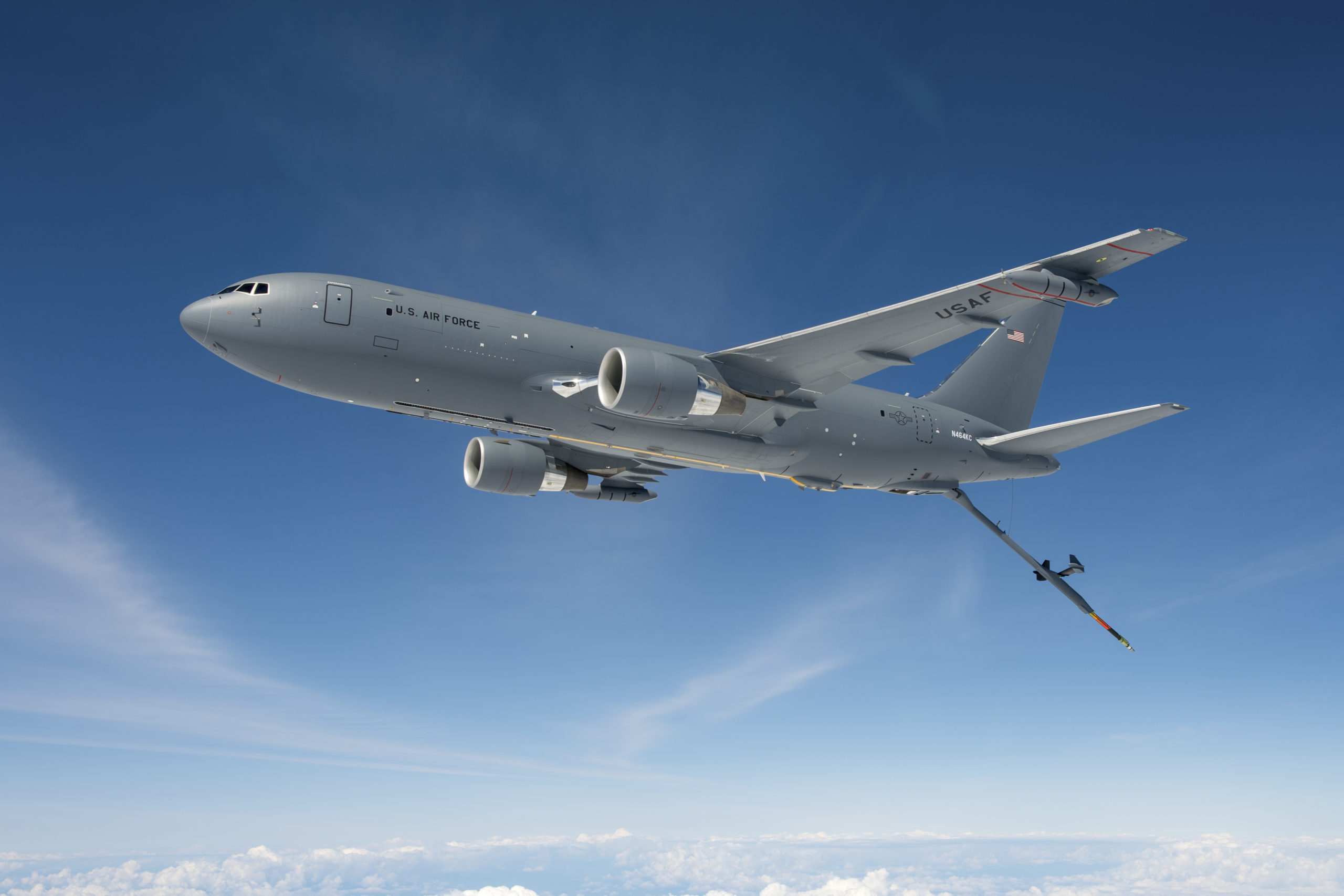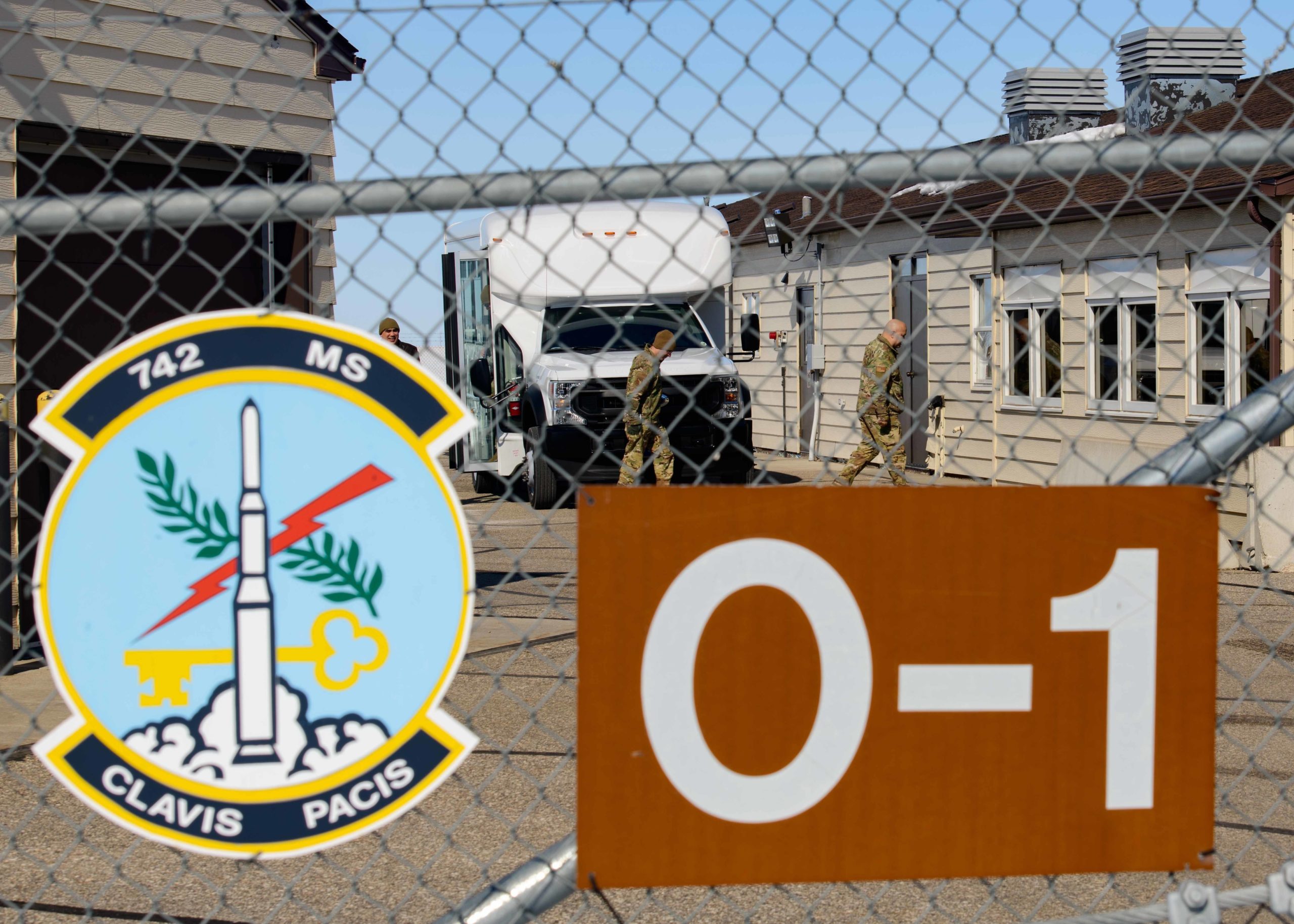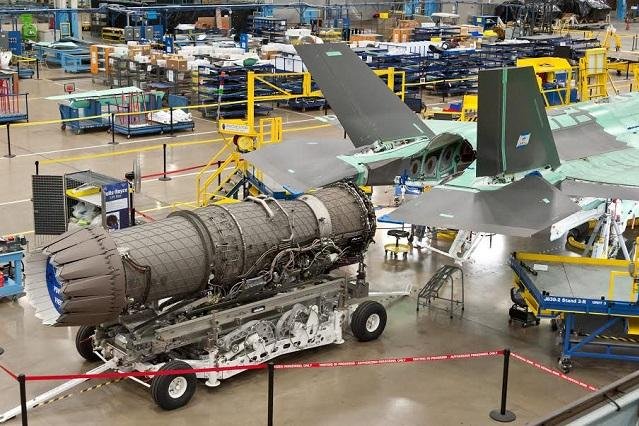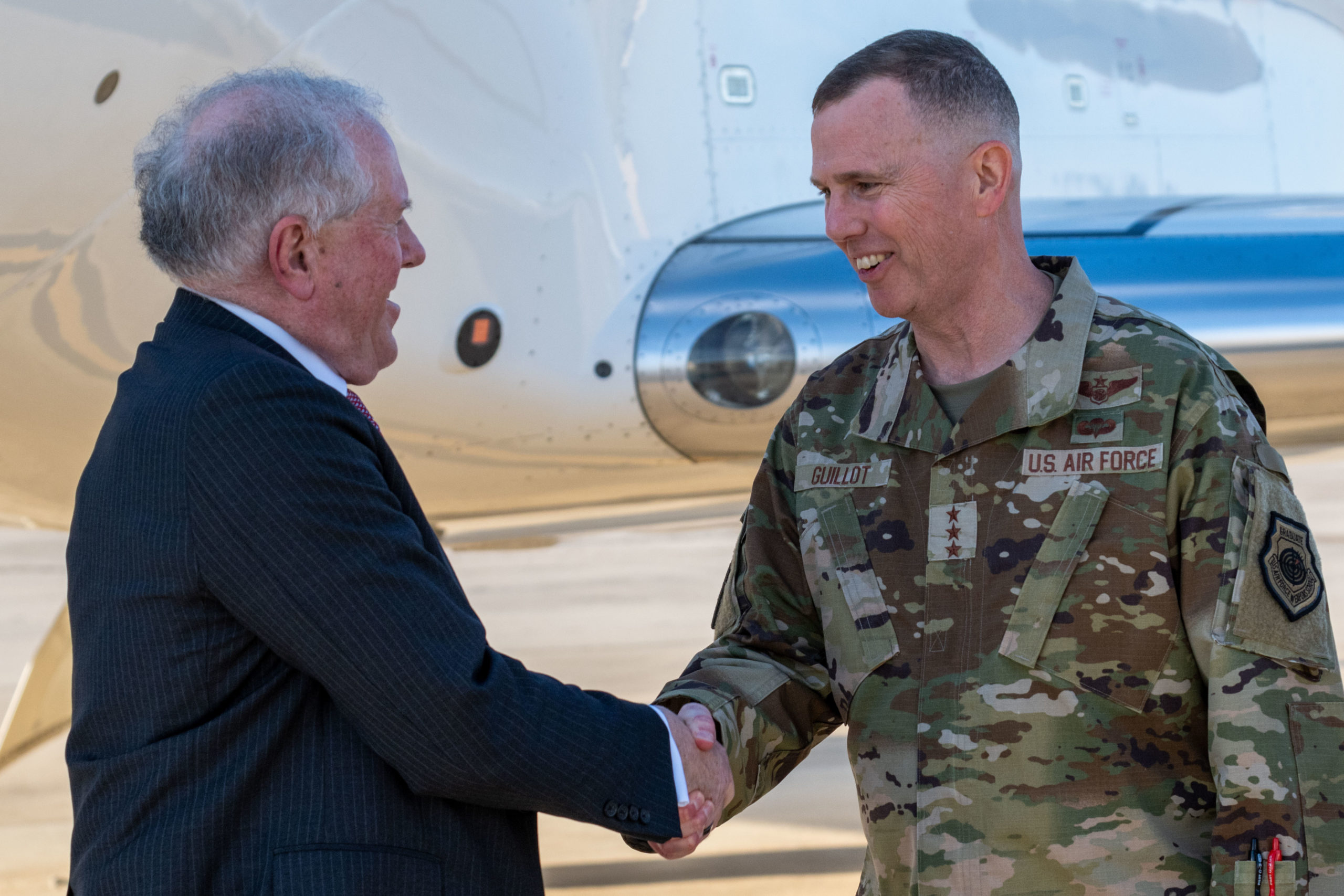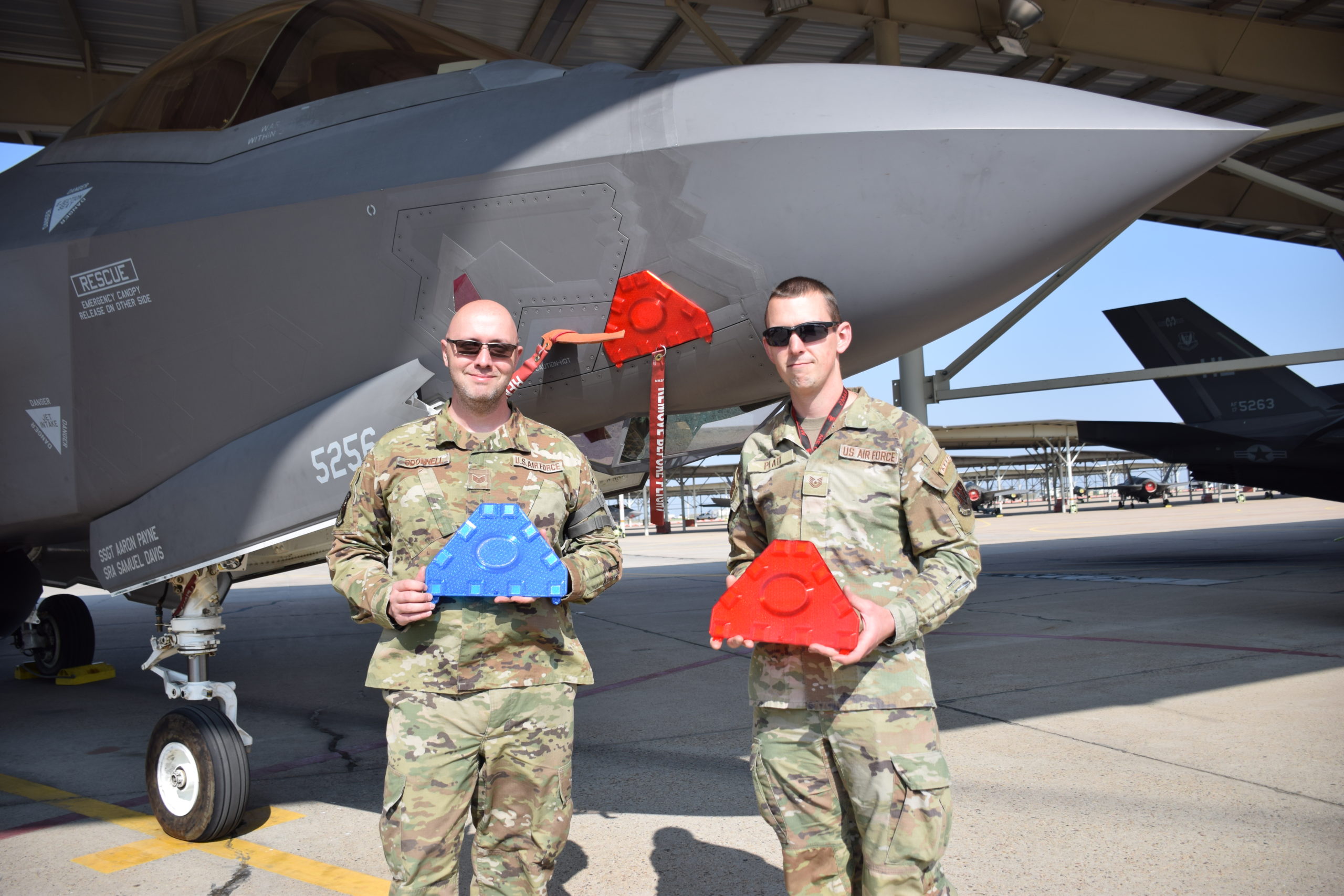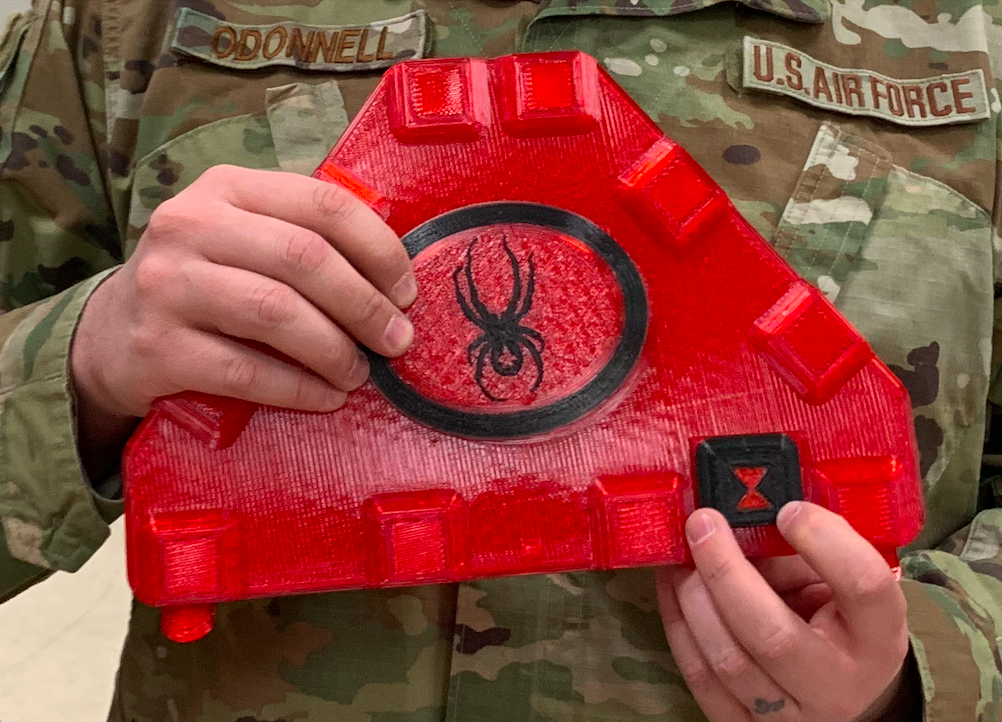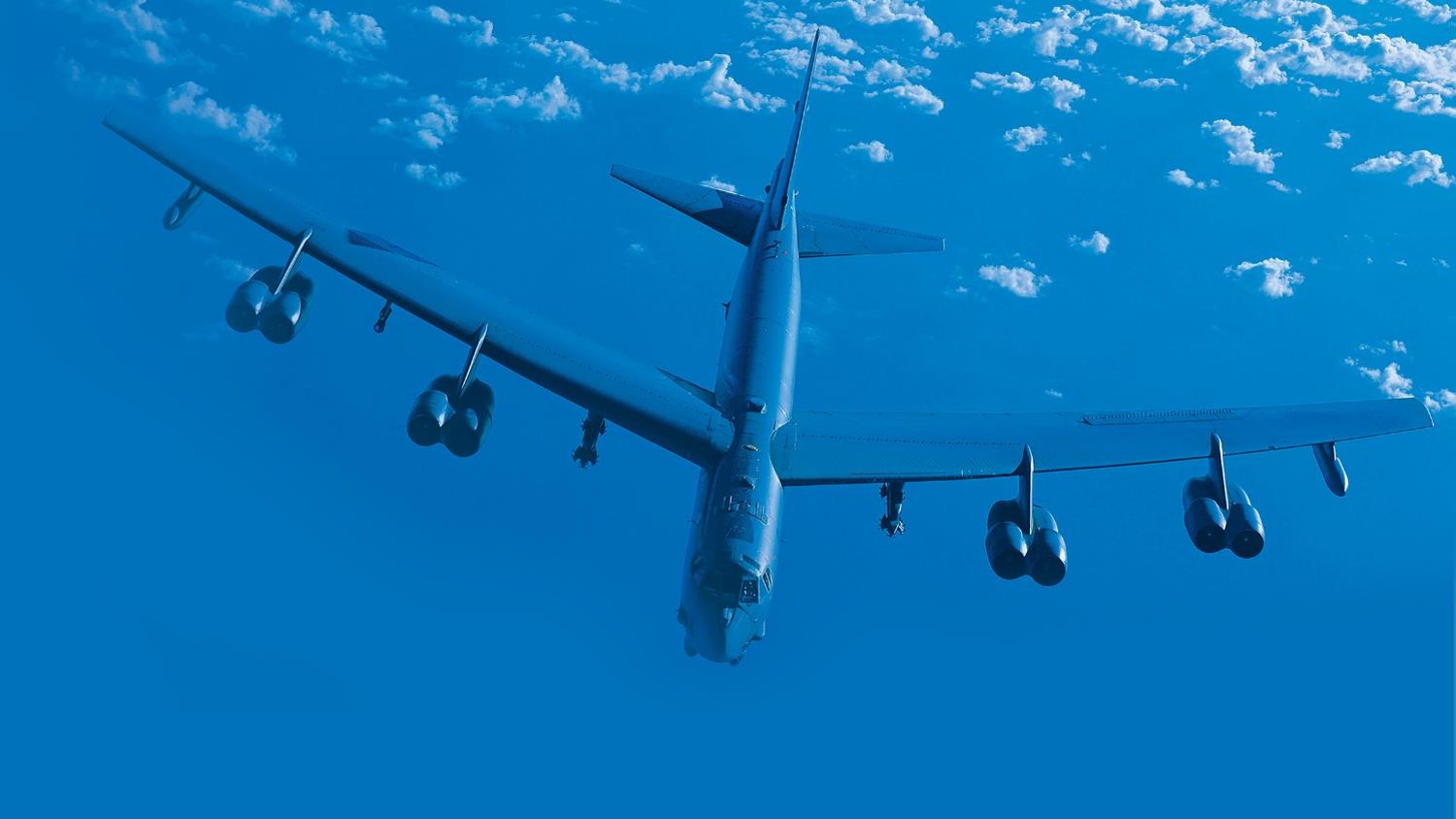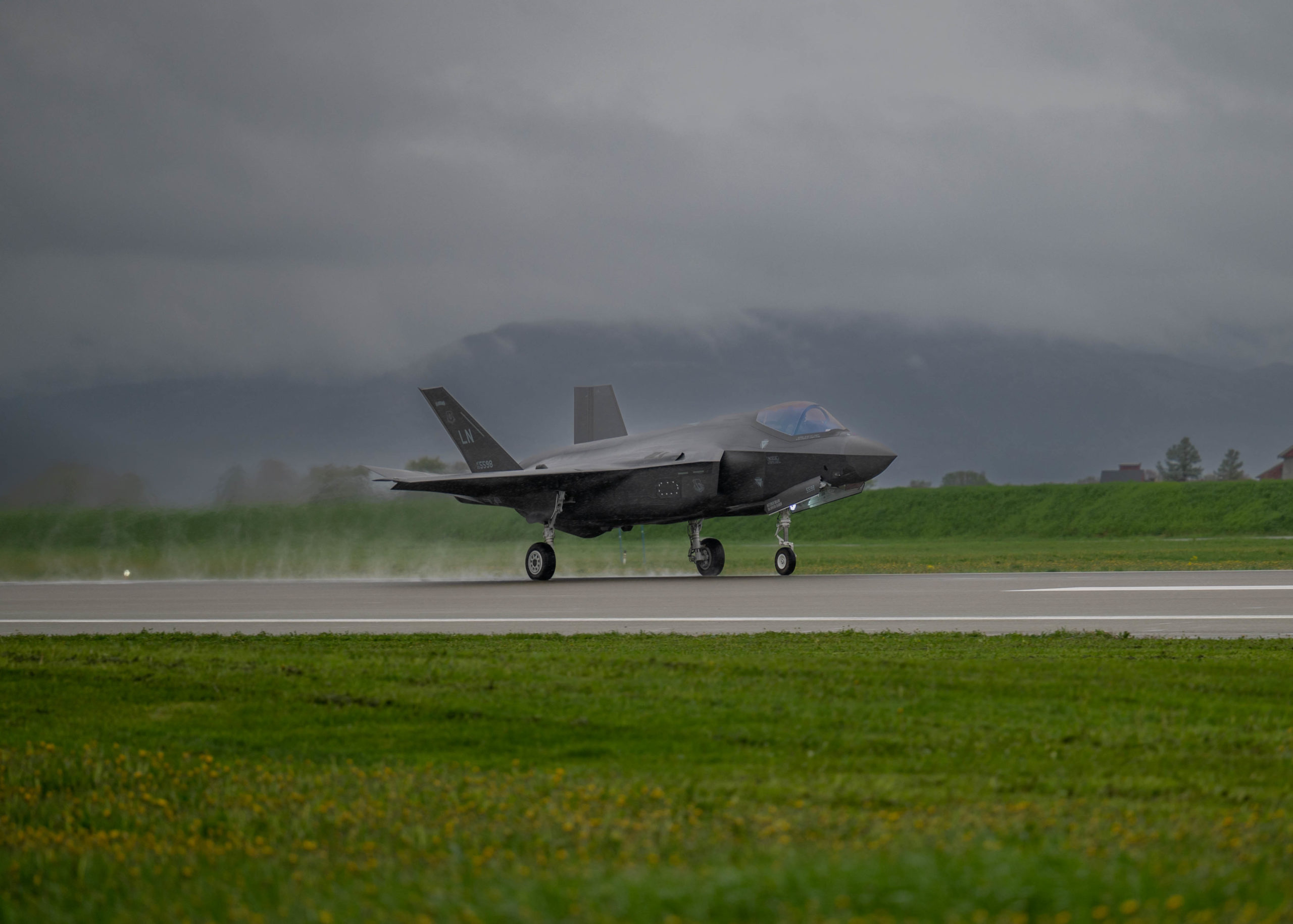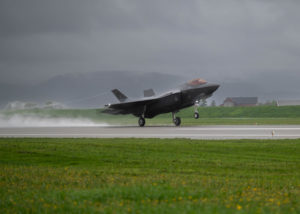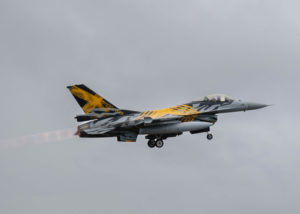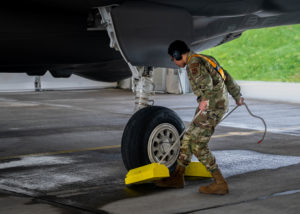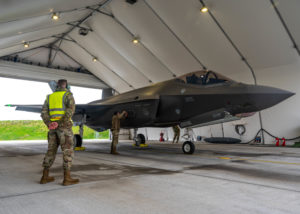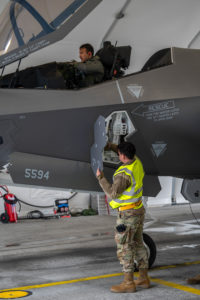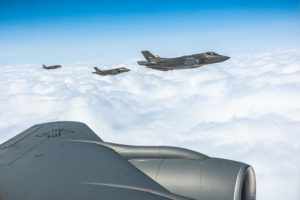As near-peer adversaries have increased their reach and lethality, the U.S. Air Force is accelerating the tanker fleet recapitalization and aggressively pulling forward the Next Generation Aerial Refueling System (NGAS) to meet the threat.
Globally operating the KC-46A has advanced mission readiness for the joint force as the service strategizes the path to a future “team of systems” for aerial refueling.
Extending the KC-46A program of record offers three key distinct advantages to the warfighter:
- First, the KC-46 is ready now and primed to evolve for the future.
- Second, the KC-46A offers unmatched access and operational capability.
- Third, extending the KC-46A fleet frees up resources for future U.S. Air Force investment in NGAS.
Ready Now, Evolving for the Future
Boeing is already building and delivering combat-ready KC-46As to the U.S. Air Force and allies in partnership with its supplier network of 650 U.S. business. These suppliers employ 37,000 American workers throughout more than 40 states.
No other tanker meets the stringent airworthiness and performance requirements of the U.S. Air Force and Federal Aviation Administration. Boeing’s substantial investments to meet these precise and unique requirements have made the KC-46A the most advanced multi-mission refueling system in the world. Any other aircraft would require restarting the development process just to catch up to the KC-46A, delaying the mission readiness of the warfighter—and at a cost which the taxpayer would bear.
With the KC-46A, the U.S. Air Force can focus on evolving for the future by integrating emergent technological capabilities that will benefit generations of service members. As an example, Boeing partnered with the Air Force to field the Pegasus’s Remote Vision System 2.0 upgrade, which has been designed and developed side-by-side with engineers and boom operators to ensure it is exactly what’s needed for the mission.
The U.S. Air Force has also designated the Pegasus for the first Advanced Battle Management System implementation, building on the KC-46A’s existing data and communications connectivity.
Unmatched Access and Operational Capability
In addition to refueling support, the KC-46A delivers combat-ready defensive features and data connectivity necessary in a multi-mission tanker for the 21st century warfighter—capabilities that were not traditionally baked into legacy tankers.
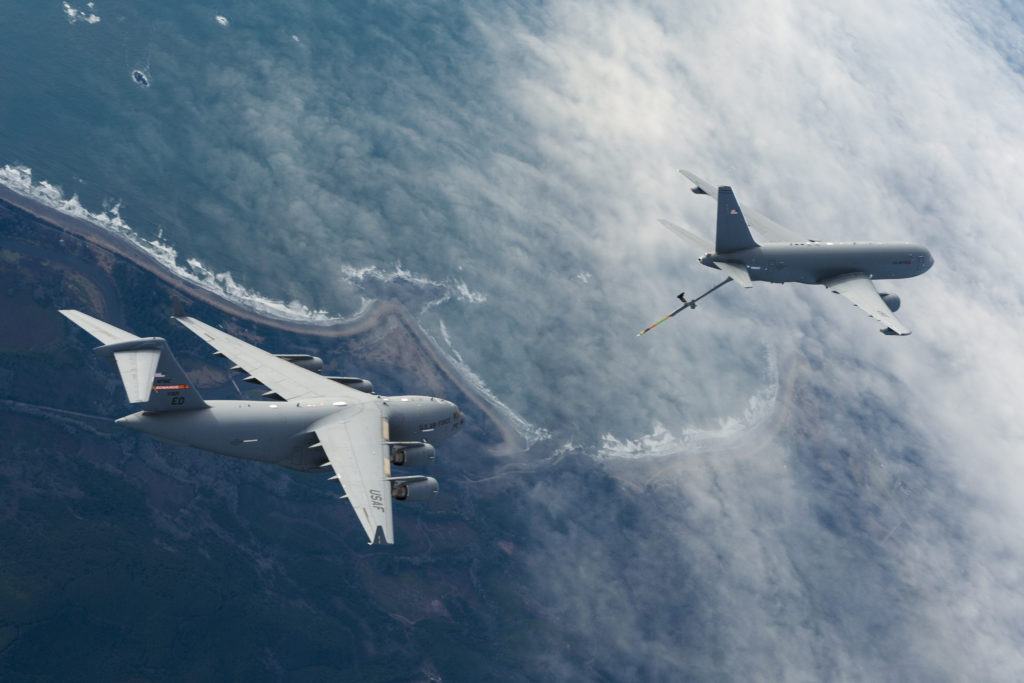
Armed with data links and an integrated tactical situational awareness suite, the KC-46A tanker and crew can relay comprehensive battlespace awareness to warfighters and long-range back to base for real-time information superiority in operational decisions. That information advantage that will further increase as the KC-46A integrates Advanced Battle Management System capabilities as well as upgrades including military-certified Gen 6 radios and additional line-of-sight and beyond-line-of-sight communications technologies with anti-jamming and encryption features. Delivering data and communications connectivity as well as fuel makes the KC-46A a game changer for the joint force.
The multi-mission KC-46A Pegasus tanker also enables Agile Combat Employment—one of the Air Force’s seven Operational Imperatives—by accessing more small bases and austere airfields, maximizing maneuverability of the USAF fleet throughout vast operational theaters, and ensuring fleet connectivity in contested environments.
By leveraging a network of smaller, dispersed locations, the KC-46A facilitates ‘more booms in the air’—more refuelers spread throughout the operational theater and closer to the battlespace—giving warfighters quicker access to fuel so they can stay in the fight where they are needed. The KC-46A can also receive fuel, unlike many legacy tankers, extending its mission range and flexibility.
With its defensive features and countermeasures, the KC-46A provides fuel, data and multi-mission transportation to support all facets of air mobility into the tactical edge of contested environments.
Sustainment Savings to Invest for the Future
The KC-46A fleet also brings lifecycle sustainment advantages for the U.S. Air Force, freeing up resources to meet future needs.
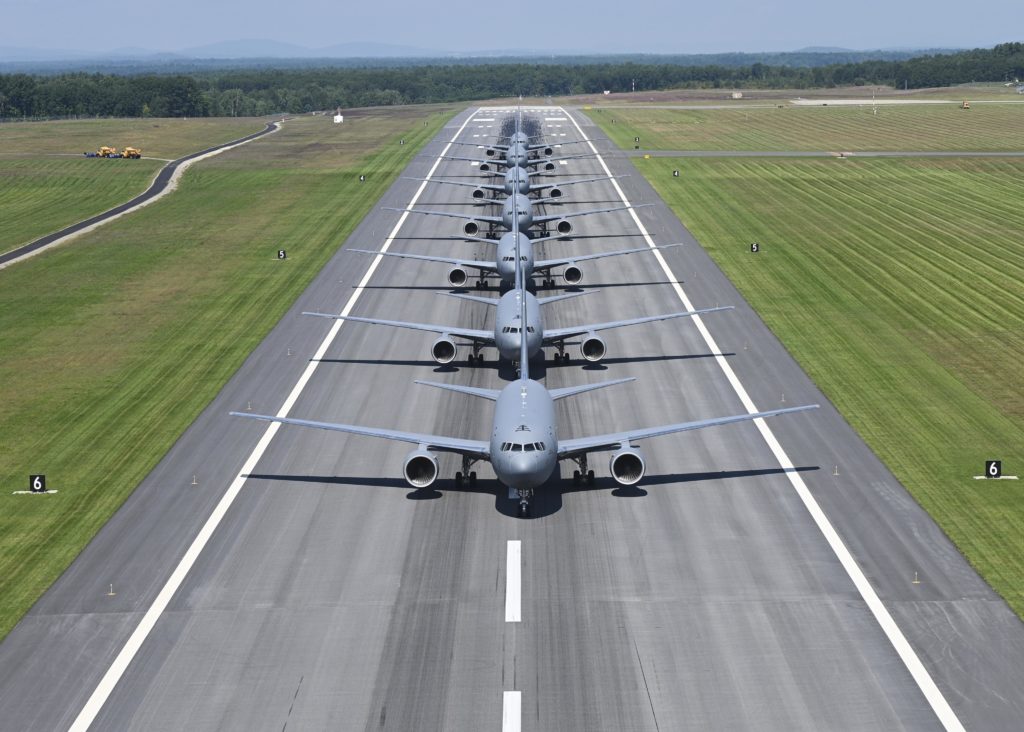
As the KC-46 fleet recently surpassed 50,000 flight hours and thousands of maintenance tasks performed, the Air Force and Boeing can confidently begin fine-tuning the maintenance program based on robust fleet performance data, an improvement relative to the initial conservative assumptions of a new program. For example, as the KC-46A fleet flight hours have grown, the U.S. Air Force and Boeing are optimizing the frequency of scheduled maintenance based on the platform’s proven performance and dependability, yielding cost avoidance and increasing maintenance efficiencies.
This is just one aspect of the time, effort, and resource savings that will be gained by extending the KC-46A program of record—savings that can be reinvested in future systems and capabilities, such as NGAS, and in advancing Operational Imperatives, including resilient basing development.
Accelerating Aerial Refueling Mission Readiness
Even as recapitalizing the KC-135 with the KC-46A remains a priority, Boeing will support the Air Force as it defines the requirements and concept of operations for future aerial refueling teams of systems. Boeing continuously develops innovative solutions to deliver advanced capabilities for customers, including next generation “team of systems”-enabling platforms, technologies and concepts of operation, as well as production and lifecycle support. The Pegasus is the world’s most advanced multi-mission aerial refueling system today and continues to evolve as a pathway to NGAS. Extending the KC-46 program of record provides production, operational and sustainment advantages that assure U.S. mission readiness now and enduring rapid global mobility and power projection advantage for the future.
